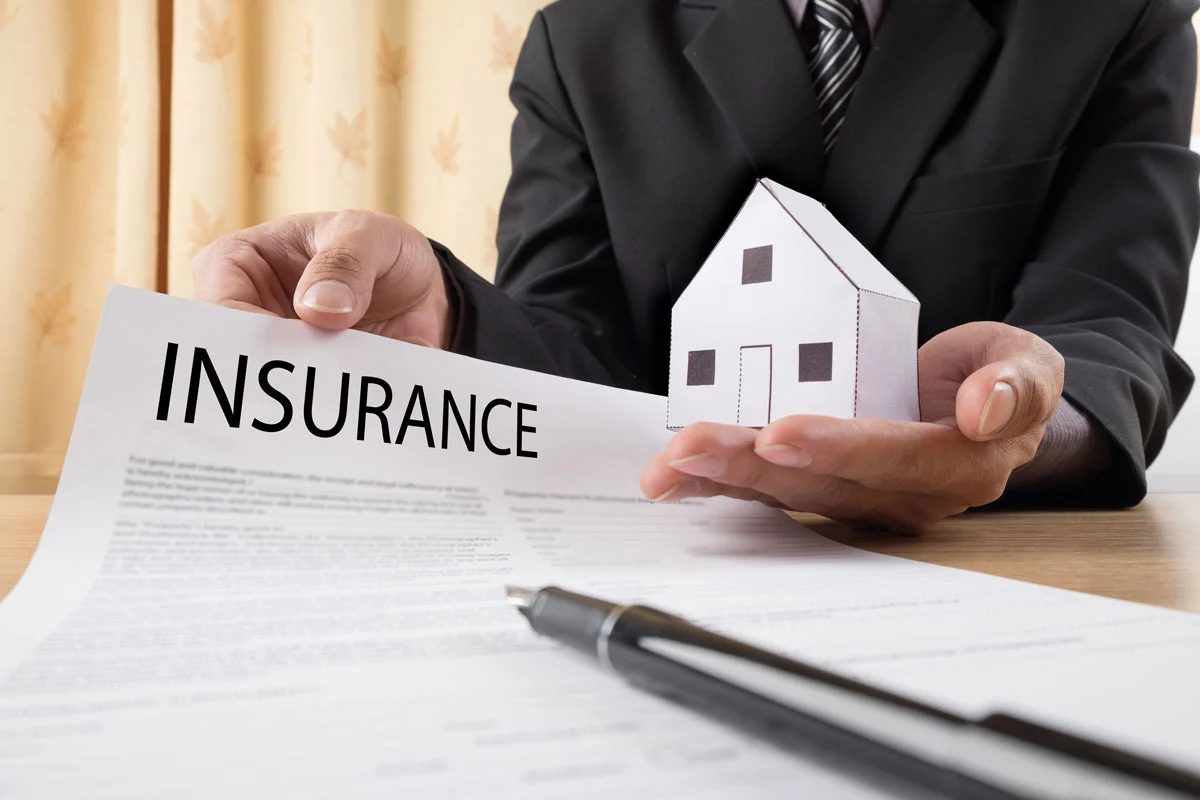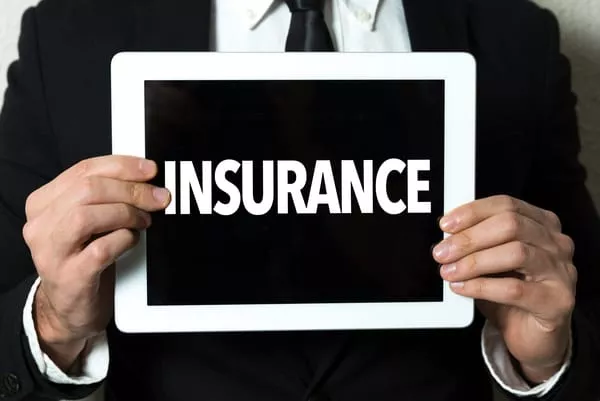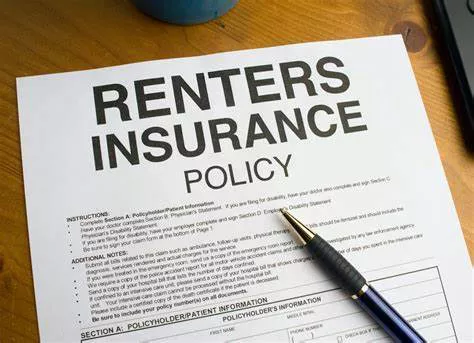Home insurance is essential for protecting your most valuable asset—your home. But knowing what coverage you need can be overwhelming. This comprehensive guide will break down the types of home insurance coverage you should have in the USA, making it easier to ensure your home is well-protected.
Understanding Home Insurance
What is Home Insurance?
Home insurance, also known as homeowner’s insurance, is a policy that provides financial protection against disasters, theft, and accidents. It typically covers damage to your home and belongings and offers liability protection.
Why is Home Insurance Important?
Financial Protection: Helps cover repair or replacement costs in case of damage or theft.
Peace of Mind: Provides security knowing your home and belongings are protected.
Mortgage Requirement: Many lenders require home insurance for a mortgage.
Types of Home Insurance Coverage
1. Dwelling Coverage
What is Dwelling Coverage?
Dwelling coverage pays to repair or rebuild your home if it’s damaged by covered perils like fire, wind, hail, or lightning. This includes the structure of the house itself, such as the walls, roof, and built-in appliances.
How Much Dwelling Coverage Do You Need?
Replacement Cost: Ensure your coverage amount equals the cost to rebuild your home with similar materials and quality.
Factors to Consider: Home size, construction type, and local construction costs.
2. Other Structures Coverage
What is Other Structures Coverage?
This covers structures not attached to your home, like detached garages, sheds, fences, and guest houses. It typically accounts for 10% of your dwelling coverage.
Why is Other Structures Coverage Important?
Comprehensive Protection: Ensures all structures on your property are covered.
Additional Costs: Covers repair or replacement costs for detached structures.
3. Personal Property Coverage
What is Personal Property Coverage?
Personal property coverage protects your belongings, such as furniture, electronics, clothing, and appliances, from covered perils like theft, fire, and vandalism.
How Much Personal Property Coverage Do You Need?
Inventory Your Belongings: Make a list of your possessions and their estimated value.
Coverage Amount: Typically, personal property coverage is 50-70% of your dwelling coverage.
4. Liability Coverage
What is Liability Coverage?
Liability coverage protects you against legal action for bodily injury or property damage you or family members cause to others. It also covers legal defense costs and medical expenses for the injured party.
How Much Liability Coverage Do You Need?
Minimum Coverage: Most policies offer a minimum of $100,000, but higher limits are recommended.
Higher Limits: Consider $300,000 to $500,000 or an umbrella policy for additional protection.
5. Additional Living Expenses (ALE) Coverage
What is ALE Coverage?
ALE coverage, also known as loss of use coverage, pays for additional living expenses if your home is uninhabitable due to a covered peril. This includes hotel bills, restaurant meals, and other living expenses.
Why is ALE Coverage Important?
Temporary Relocation: Ensures you can maintain your standard of living while your home is being repaired.
Coverage Limits: Check your policy for ALE limits and ensure they meet your needs.
see also:What Is Maximum Benefit Pet Insurance?
Optional Home Insurance Coverages
1. Flood Insurance
What is Flood Insurance?
Flood insurance covers damage caused by flooding, which is not included in standard home insurance policies. It is typically provided through the National Flood Insurance Program (NFIP) or private insurers.
Why is Flood Insurance Important?
Flood Risk: Homes in flood-prone areas are especially vulnerable to flood damage.
Separate Policy: Standard home insurance does not cover flood damage.
2. Earthquake Insurance
What is Earthquake Insurance?
Earthquake insurance covers damage caused by earthquakes. Like flood insurance, it is not included in standard home insurance policies and must be purchased separately.
Why is Earthquake Insurance Important?
Seismic Activity: Homes in earthquake-prone areas, like California, need this coverage.
Comprehensive Protection: Covers repair or rebuilding costs after an earthquake.
3. Personal Umbrella Insurance
What is Personal Umbrella Insurance?
Umbrella insurance provides additional liability coverage beyond the limits of your home and auto policies. It helps protect your assets in case of significant liability claims or lawsuits.
Why is Umbrella Insurance Important?
Extra Protection: Provides higher liability limits, usually starting at $1 million.
Asset Protection: Safeguards your savings, investments, and other assets.
Factors Influencing Home Insurance Costs
1. Location
Geographic Risks
Your home’s location affects your insurance costs. Factors include:
Natural Disasters: Areas prone to hurricanes, floods, or earthquakes may have higher premiums.
Crime Rates: Higher crime areas can increase insurance costs.
2. Home Characteristics
Home Size and Value
Square Footage: Larger homes typically cost more to insure.
Home Value: Higher-value homes may require higher coverage limits.
Home Age and Condition
Older Homes: May have outdated systems, increasing risk and insurance costs.
Renovations: Upgrades can reduce risk and potentially lower premiums.
3. Coverage Amounts and Deductibles
Coverage Limits
Higher Limits: More coverage means higher premiums.
Adequate Coverage: Ensure your policy covers the full replacement cost of your home and belongings.
Deductibles
Higher Deductibles: Lower premiums but higher out-of-pocket costs for claims.
Lower Deductibles: Higher premiums but lower out-of-pocket costs for claims.
4. Discounts and Savings
Available Discounts
Bundling Policies: Combine home and auto insurance for discounts.
Safety Features: Discounts for alarm systems, smoke detectors, and other safety measures.
Loyalty Discounts: Discounts for staying with the same insurer for an extended period.
5. Claims History
Impact on Premiums
Past Claims: Multiple claims can lead to higher premiums.
Claim-Free Discount: Some insurers offer discounts for not filing claims.
Steps to Determine the Right Home Insurance Coverage
1. Assess Your Home’s Replacement Cost
Replacement Cost Estimator
Online Tools: Use online calculators to estimate replacement costs.
Professional Appraisal: Consider a professional appraisal for accuracy.
2. Evaluate Your Personal Property
Inventory Your Belongings
Home Inventory: Create a detailed list of your possessions, including photographs and receipts.
Estimate Value: Determine the total value of your personal property to ensure adequate coverage.
3. Consider Liability Coverage
Liability Limits
Recommended Coverage: Many experts suggest liability coverage of at least $300,000 to $500,000.
Additional Coverage: Consider umbrella policies for extra liability protection.
How to Save on Home Insurance
1. Shop Around
Compare Quotes
Multiple Insurers: Get quotes from different insurance providers to find the best rate.
Coverage Options: Compare coverage details, not just premiums.
2. Increase Your Deductible
Higher Deductible
Lower Premiums: Choosing a higher deductible can lower your premium.
Out-of-Pocket Costs: Be prepared to pay more out-of-pocket if you file a claim.
3. Bundle Your Policies
Multi-Policy Discount
Combine Policies: Bundling home and auto insurance can lead to significant discounts.
Single Insurer: Managing multiple policies with one insurer can simplify the process.
4. Improve Home Security
Safety Features
Install Alarms: Burglar alarms, smoke detectors, and fire alarms can lower premiums.
Home Improvements: Reinforcing your home against natural disasters can reduce risk.
5. Review Your Coverage Annually
Annual Review
Update Coverage: Review your policy annually to ensure it meets your current needs.
Adjust for Changes: Update your coverage if you’ve made significant changes to your home or possessions.
Common Questions About Home Insurance Coverage
1. What Happens if I Underinsure My Home?
Financial Risk: You may have to pay out-of-pocket for repairs or rebuilding costs.
Coverage Gaps: Insufficient coverage can leave you vulnerable in case of a major loss.
2. Can I Increase My Coverage Limits?
Policy Adjustments: You can usually increase coverage limits at any time.
Higher Premiums: Be prepared for higher premiums with increased coverage.
3. What’s Not Covered by Home Insurance?
Exclusions: Standard policies don’t cover floods, earthquakes, or routine maintenance.
Separate Policies: Purchase additional coverage for excluded perils.
Conclusion
Determining the right home insurance coverage involves understanding your needs, assessing various factors, and finding the right balance between cost and protection. By following the steps outlined in this guide, you can make informed decisions about your home insurance and ensure you have the right coverage to protect your home and assets. Regularly reviewing and adjusting your policy will help you stay protected and manage your insurance costs effectively.





















